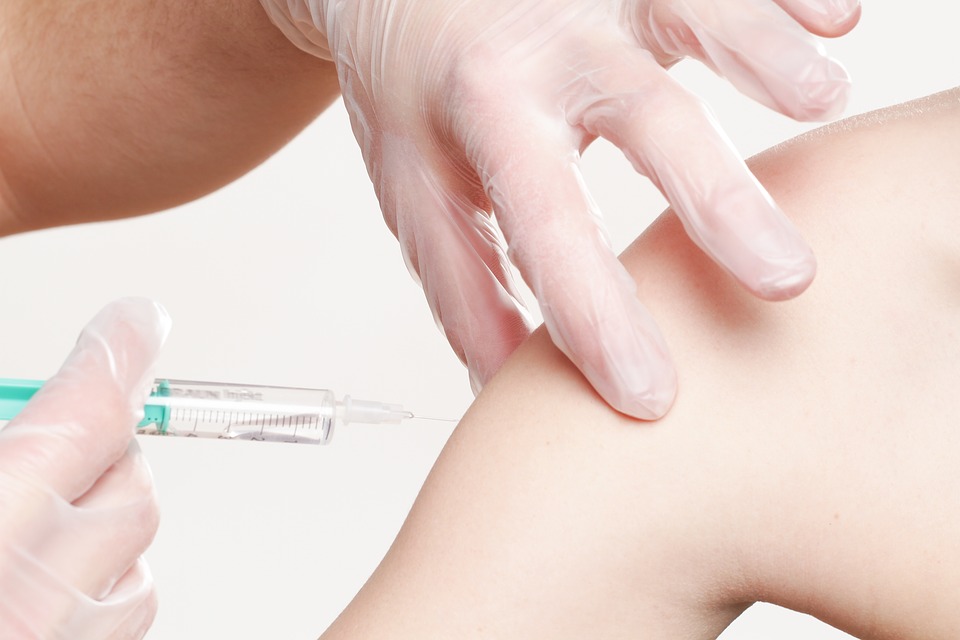After a public health advisory Friday confirmed one person infected with measles flew into Inuvik February 13th, the health department has published a list of locations and specific times where people could have been exposed to the virus.
Anyone present at the following locations and times may have been exposed to the virus, according to the health department:
February 13th
Edmonton International Airport: 6:00 a.m.-9:45 a.m.
Canadian North flight 5T-444 from Edmonton to Inuvik (with stops in Yellowknife, Norman Wells): 10:30 a.m.–1:15 p.m.
Inuvik Mike Zubko Airport: 1:15 p.m.–3:30 p.m.
Canadian North flight 5T-445 from Inuvik to Edmonton (with stops in Norman Wells, Yellowknife): 1:55 p.m.–3:15 p.m.
February 16th
Inuvik Regional Hospital (emergency department and x-ray department): 11:00 a.m.–3:00 p.m.
February 17th
Inuvik Regional Hospital (emergency department): 12:00 p.m.–3:30 p.m.
February 18th
Inuvik Regional Hospital (emergency department): 10:30 a.m.–2:00 p.m.
February 19th
Inuvik Regional Hospital (laboratory): 12:30 p.m.–2:30 p.m.
Those either born before 1970, have had two doses of vaccine containing measles or have had measles are not considered at risk.
The health department is advising anyone who may be at risk to monitor for the following symptoms, which show up a week to 21 days after exposure to the virus:
- Fever
- Cough
- Runny nose
- Red eyes
- Rash starting on the face and spreading to the chest.
If people experience these symptoms, they are advised to stay at home and phone their doctor or health care provider immediately. “Advance calling ensures health facilities can take precautions to prevent transmission of measles to others,” the advisory states. Residents in the Inuvik area can call 867-678-5579 to confirm whether their measles immunizations are up-to-date.
Measles is a highly contagious disease. It can be spread through the air, touching surfaces or contact with an infected person such as “kissing, sharing food and drinks, sharing cigarettes and sharing toys.” The virus can be dangerous for infants, pregnant women and people with weakened immune systems.
The best protection, the health department states, is vaccination. “All children 12 months and over, and all adults born on or after 1970 should get this vaccine.”




